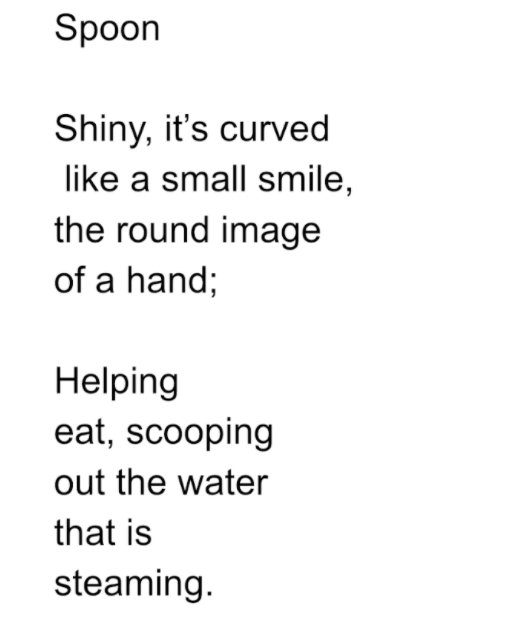Last year in April I experimented with paint chip poetry with my students. It was so much fun to rifle through the paint chips, picking them at random and then incorporating them into poems. I noticed right away how this color language elevated their poems, adding a layer of sophistication to their already beautiful ideas.
And in this time of remote learning I wanted to figure out a way to bring a version of paint chip poetry to my students. Some google searches uncovered a thesaurus of color by a blogger on the web. This color thesaurus became our new version of paint chip poetry.
Having played with poetry dice a couple of weeks ago, students had already experimented with incorporating words into their ideas and poetry from outside sources. So today’s assignment to pick some color words to use when crafting their color-focused poems wasn’t a stretch. And there were some wonderful results!
K played with yellow words:

R took us out in space:
SPACE
AT THE CENTER
MILLIONS OF TINY COLORS
LIKE SWIRLING BRIGHT BUTTER
IN A MIXING BOWL, FUCHSIA,
MAGENTA, GARNET, SCARLET,
THE COLORS OF THE GALAXY!!
WHITE FLECKS, TOO, OF ROSES AND SNOW,
ORANGE OF SUN, BLUE OF THE DEEPEST SEA.
AND THEN THERE’S LIGHT.
NOT THE WHITE LIGHT OF THE STARS, BUT
THE LIGHT OF THE CLEAR BLUE SKY, WHERE
BIRDS DRIFT AND SOAR. THE BLUE OF ICE
DELICATE AS LIFE.
And E started with canvas and ended up with autumn’s leaves:
Canvas.
An ivory surface,
A beautiful sheet.
Changing over time,
But sticking to an overall beat.
Crimson red,
As hot as it is magnificent.
Apricot orange,
Chaotic as fire.
Butterscotch yellow,
Glowing like the sun.
Lime green,
Leaving a trail of bitterness.
Lilac blue,
Spreading seeds across the page.
Night sky purple,
Dark but not dreary.
All these colors,
Put into one piece of paper,
One pile of Autumn leaves.
For my own poem, I found inspiration in my neighbor’s lawn as I walked down the street to check the mail.
Flamingos
They arrived in a flamboyance*
of blush
every color of pink
from the palest of morning sunrise skies
to the mortification
of heat that creeps up the neck
to blaze in your cheeks.
Planting themselves
on the lawn
chewing bubblegum
en pointe in ballet slippers
a display of extravagant proportion.
A quarantine gift for a neighbor
A delight for the neighborhood.
®Douillard
*a group of flamingos

Pick some interesting color words and try your hand at writing some poetry under the influence of color today!



























